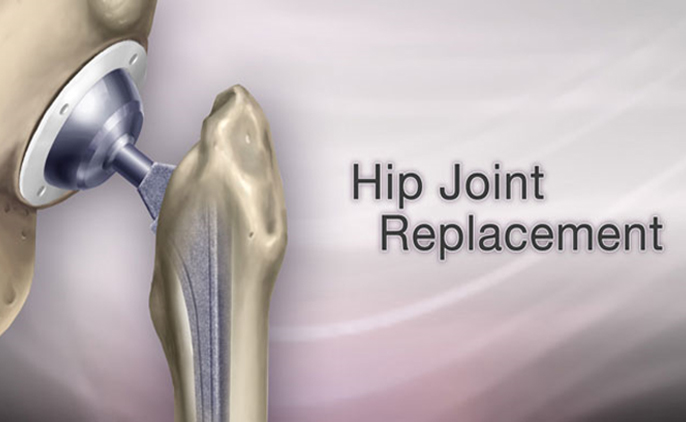What is Hip Replacement?
In this procedure, a damaged hip joint is replaced with a new (artificial) one. It is recommended for older individuals to reduce pain and improve joint movements.
Indications
- Pain and stiffness in the hip joint
- Limited mobility
- Damaged joint
- Osteoarthritis
- Bone dysplasia
- Hip fracture
- Rheumatoid arthritis
- Septic arthritis
- Physiotherapy or medicinal treatment is not effective
Procedure
- It is done under GA or spinal anesthesia.
- It takes 1-2 hours.
- An incision is made in the hip to remove the damaged joint and an artificial joint is placed.
Hip resurfacing
- In this procedure, only the damaged bone is replaced with a metal surface instead of the joint.
- This involves minimal bone removal but it is only limited to active people with large hips.
Recovery
- Recovery time can vary for each individual but the patient has to stay in the hospital for at least five days.
- After discharge, the patient has to wear crutches or a frame to support the implant.
- Physiotherapy is also recommended for the strengthening of hip muscles.
- The patient can return to daily activities within 6 weeks.
Risk factors
- Infection
- Injury to nerves
- Hip dislocation
- Fracture
- DVT
- Leg length can be different
Some Facts about Hip Replacement Surgery
| Number of days taken for initial investigations | 2 |
| Number of days in ICU | 1 |
| Number of days in Room | 2 |
| Follow up days | 10 |
| Total days required to stay overseas for treatment | 15 |
Role of Parishay Healthcare in Planning Hip Replacement Surgery!
After you contact us, a relationship manager is allocated to you who arranges a teleconsultation with an excellent healthcare provider according to your need. After your consent, we move forward with your untroubled travel arrangements, treatment plan, and follow-up care.
For more information visit our website www.parishayafrica.com


